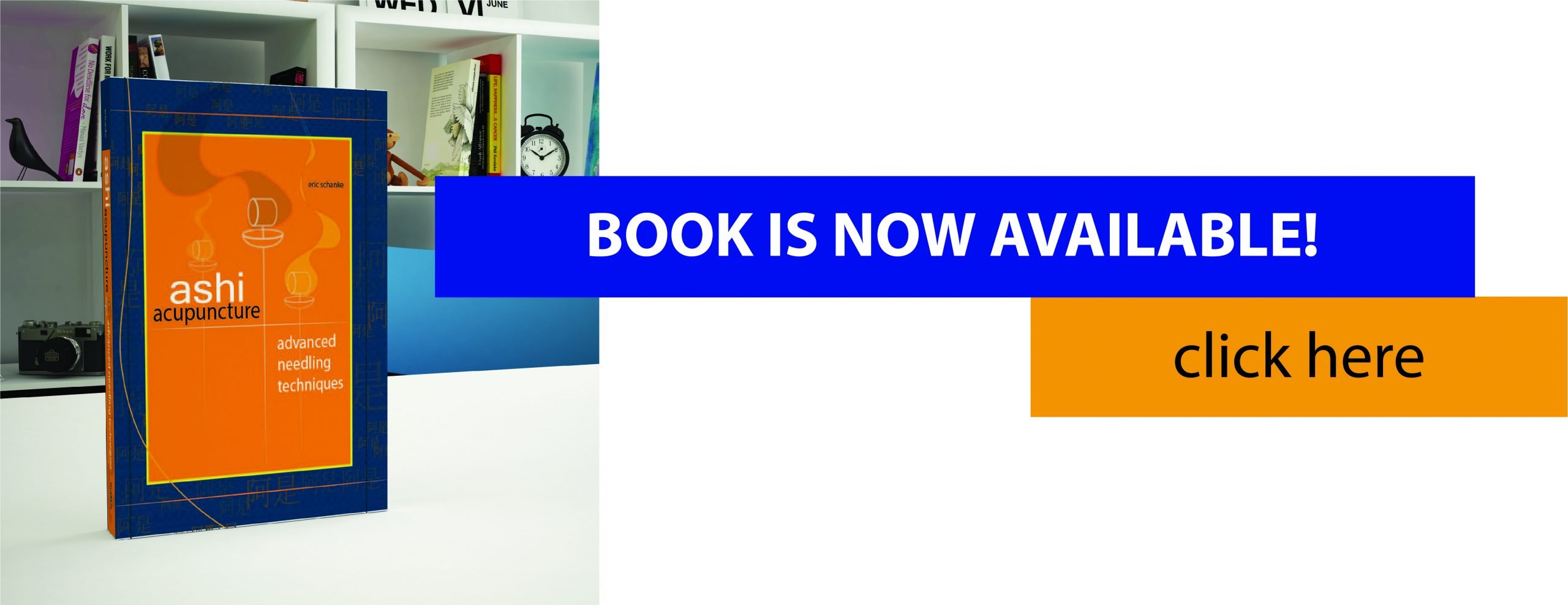How did acupuncturists in the West get the idea that there is a mystical energy that flows along certain invisible lines in the body?!
Let’s explore the subject of “Qi” and “meridians” by looking at excerpts from three well respected textbooks; the CAM book (Chinese Acupuncture and Moxibustion), the “Shanghai Text” (Acupuncture a Comprehensive Text), and “A Manual of Acupuncture.”
“Qi” (氣)
Let’s start with a description of “Qi,” especially the “Qi” that flows in the “meridians.” “The qi of the meridians is a combination of the qi of food essence, qingqi inhaled by the lung, and essential qi stored in the kidney.” 1
So there are 3 components of the “Qi” that flows in the “meridians;”
- Ying qi- the “essence” of food
- Qing qi- literally “clear qi” inhaled from the lung, and
- Yuan qi- “essential/primary/primordial qi” 2 from the kidney.
We know that this “Qi” is essential for life. “There is no place that does not have qi nor to which qi does not penetrate. If the movement of qi ceases, the vital activities of the human body will also cease.” 3
What are the “essences of food” that are essential to life? The macro and micro-nutrients; protein, fat, carbohydrates, minerals, etc. What is the “clear Qi” inhaled from the lung that is essential to life? Oxygen. What does the kidney add to the blood that is essential to life? Hormones, and even more hormones if we count the adrenal gland that sits atop the kidney.
“Meridians” (經脈) (絡脈)
First let’s clarify that the English words meridian, channel, vessel, and conduit are all translations of the terms Jingmai (經脈) and/or Luomai (絡脈).
Consider the following excerpts;
- “The vessels through which Blood and Qi flow” 4
- “The channels are regarded as three-dimensional passageways through which the Qi and Blood flow” 5
- “The pathways of the ….channels that serve to circulate the qi and blood to every part of the body” 6
- “The meridians….are collectively termed Jingluo” 7 (經絡)(this is a contraction of ‘Jingmai and ‘Luomai’-Eric)
A Manual of Acupuncture defines jing as “longitude” and luo as “a net”. Mai means blood vessel-arteries or veins, or pulse 8. The Jingmai are the main or longitudinal blood vessels and the Luomai are the “finer branches of the channel network” 9 The Shanghai text says “With Pulse (also translated as Blood Vessels)…..Pulse is defined as the Vessels through which Blood and Qi Flow. As such it seems to mean the same as the channels.” 10 Although the original Chinese Character is not provided in this text, it seems clear that it is referring to the term “mai” (脉).
These texts are all referring to blood flowing in the vascular system! Specifically:
- Macro and micro nutrients which flow in the blood
- Oxygen which flows in the blood and
- Hormones which flow in the blood.
All of these must reach every part of the human body, otherwise disease, dysfunction, or pain results.
Don’t fall for the fallacy that the “meridians” through which “Qi” flows are going to be discovered: they have already been discovered — thousands of years ago! The “meridians” are the vascular system, and the various essential components of blood are aspects of “Qi”.
1 Chinese Acupuncture and Moxibustion p.47
2 Chinese-English Dictionary
3 Chinese Acupuncture and Moxibustion p.47,48
4 Acupuncture a Comprehensive Text p. 16
5 Acupuncture a Comprehensive Text p. 16
6 A Manual of Acupuncture p.11
7 Chinese Acupuncture and Moxibustion. p.53
8 Chinese-English Dictionary
9 A Manual of Acupuncture p.11
10 Acupuncture a Comprehensive Text p. 16
 Ashi Acupuncture – Education and Training Acupuncture and dry needling information, training and education. Medical based acupuncture with an emphasis on anatomy and technique.
Ashi Acupuncture – Education and Training Acupuncture and dry needling information, training and education. Medical based acupuncture with an emphasis on anatomy and technique.


